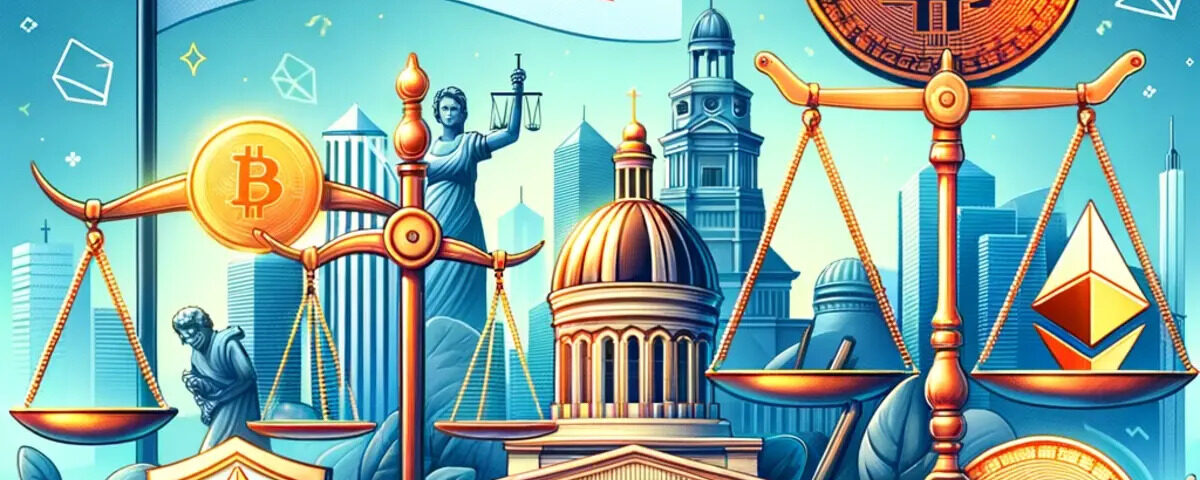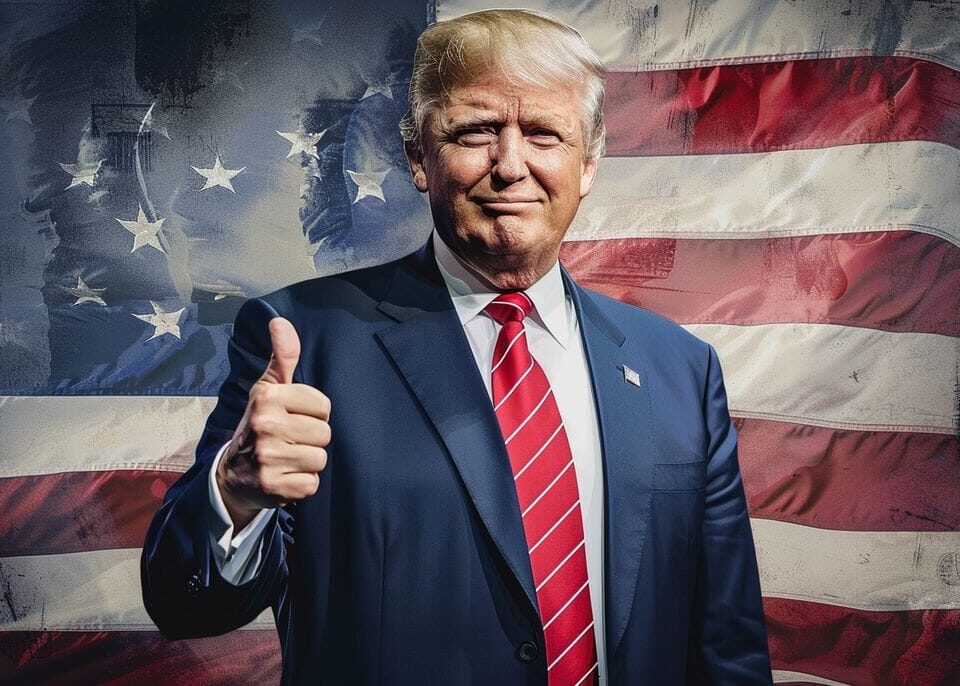
What Is Hamster Kombat? The Telegram Crypto Game and Airdrop
08/06/2024
Mantra (OM) Reaches All-Time High Amid UAE Expansion
10/06/2024Ripple Explores Digital Economy Collaboration with Georgia
Ripple is seeking new opportunities to contribute to the digitalization of Georgia’s economy, following a recent meeting between its top executives and officials from the National Bank of Georgia (NBG).
Natia Turnava, the acting governor of the National Bank of Georgia (NBG), and Varlam Ebanoidze, head of the financial and supervisory technology development department, met with Ripple’s vice president James Wallis and Alistair Brown, vice president of EPAM Systems, during their visit to Tbilisi.
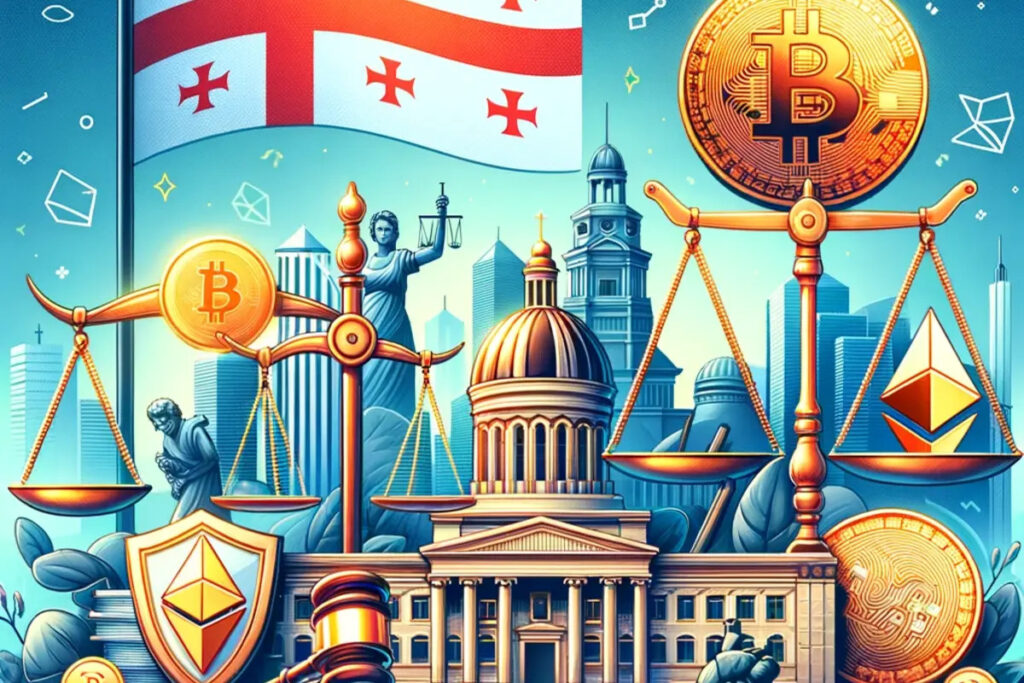
Focus on Digital Collaboration
Although specific details of the discussions have not been disclosed, a representative from the central bank confirmed that the meeting focused on “exploring potential avenues for collaboration in the digitalization of the Georgian economy.” Both Ripple and the NBG have been approached for further comments, and any updates will be included as they become available.
Ripple and the Digital Lari
In late 2023, the NBG announced Ripple as its official technology partner for developing the digital lari, Georgia’s central bank digital currency (CBDC). Ripple’s pilot program with the NBG aims to test its CBDC technology and evaluate its practical applications for the public sector, businesses, and retail users. It remains unclear whether the recent discussions between Ripple and the NBG were directly related to the digital lari initiative.
A Strategic Partnership
The collaboration between Ripple and the NBG signifies a strategic partnership aimed at leveraging blockchain technology to enhance the digital infrastructure of Georgia’s economy. Ripple’s advanced blockchain solutions could play a crucial role in modernizing the country’s financial system, making transactions more efficient and secure.
Potential Benefits for Georgia
The implementation of blockchain technology and the development of the digital lari could provide numerous benefits for Georgia. These include increased transparency, reduced transaction costs, and enhanced financial inclusion. By embracing digital currency, Georgia could position itself as a leader in the region for financial innovation.
Ripple’s Commitment to Innovation
Ripple’s involvement in the digital lari project reflects its broader commitment to driving innovation in the global financial system. The company’s blockchain technology has already been adopted by numerous financial institutions worldwide, and its partnership with Georgia underscores its dedication to fostering digital transformation.
Looking Ahead
As Ripple and the NBG continue to explore collaborative opportunities, the potential for significant advancements in Georgia’s digital economy becomes increasingly promising. The successful implementation of the digital lari could set a precedent for other countries considering similar initiatives, showcasing the transformative power of blockchain technology in the public sector.
Final Thoughts
The recent meeting between Ripple executives and Georgian officials highlights the ongoing efforts to integrate advanced blockchain technology into the country’s financial infrastructure. While the specifics of their discussions remain under wraps, the focus on digitalization and potential collaboration points to a future where Georgia’s economy could benefit from enhanced transparency, efficiency, and innovation through the use of blockchain and digital currencies. As both Ripple and the NBG continue to work together, the prospects for Georgia’s digital economy appear brighter than ever.
Links:
Bitcoin
Airdrop
Forex News
NFT
DeFi
-

What is Blockchain
-
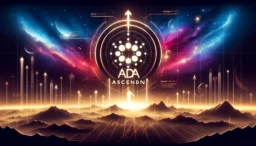
“Exploring Cardano (ADA): A Comprehensive Guide to One of the Leading Cryptocurrencies”
-
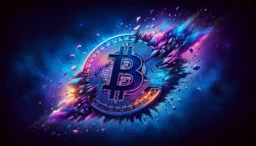
Cardano Founder: Crypto Industry Has Outgrown Bitcoin
-

Telegram ‘Mini Apps’ Skyrocket with Web3 Games Adding Millions of Users Daily


